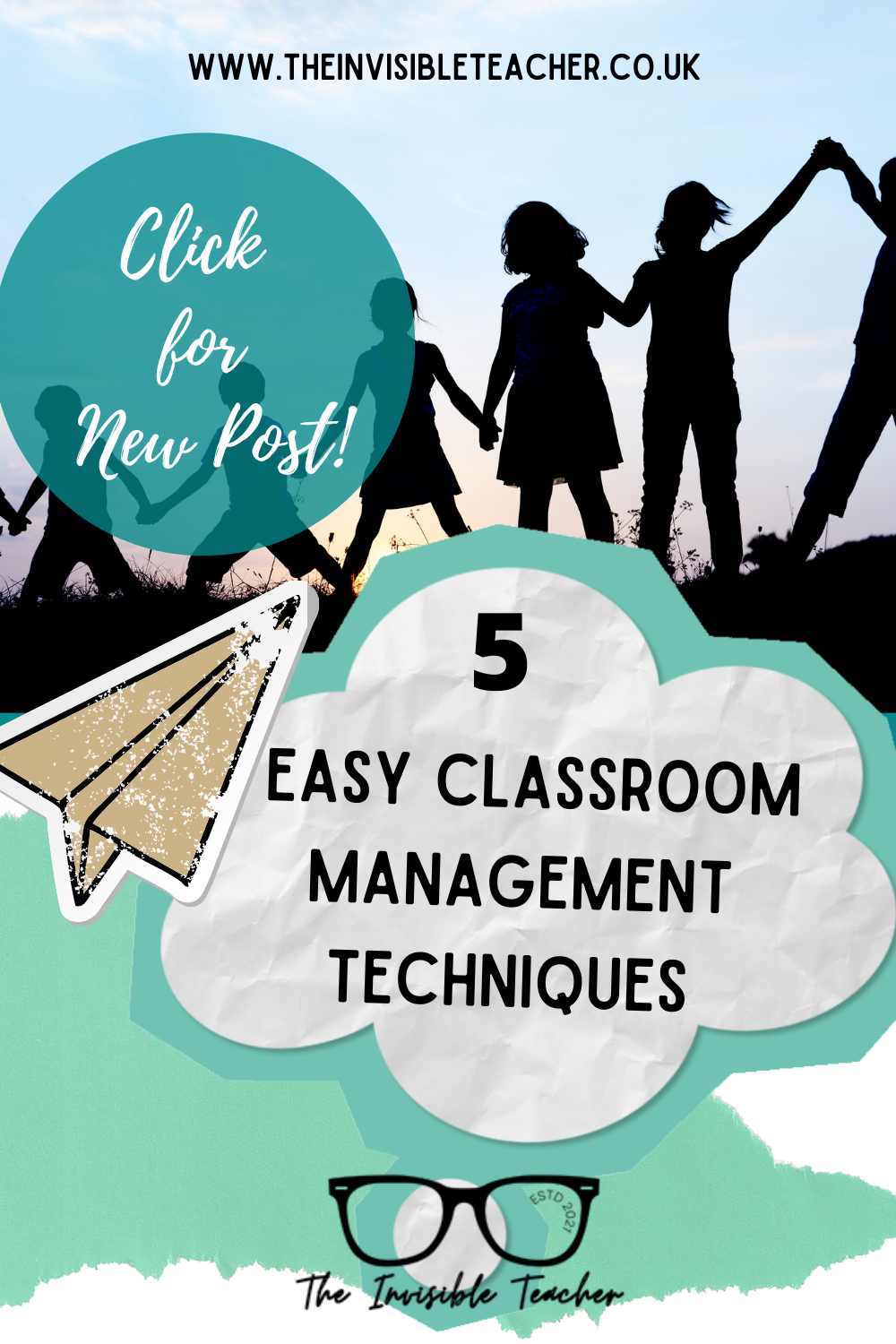So, January is upon us. With the threat of snow (did somebody say snow day?) and the reality of never seeing daylight again till March, there is also the inconvenience of Year 7 thinking they’re Rocky Balboa now their pencil case has graffiti on it. It’s time to revisit those classroom management techniques that get instant results.
They’re not behaving like it’s September anymore
It happens every September. We’re fresh. We have our own new pencil cases and our teacher planners are all colour coded with post-it notes. The classroom is relatively calm – because you are. But what happens when you start to get snowed under with essays and meetings? Your fuse shortens and the class clown goes from being mildly annoying to being your Friday afternoon nemesis.
It’s time to go back to basics.
Managing behaviour
There’s literature galore to guide you through the ins and outs of getting the kids to behave. The Ministry of Education had some great ideas in this study, but the world has changed dramatically in the last ten years. Unless you work in a school with a robust behaviour management system, some things we are handed to read as trainee teachers are either written by someone who taught in a top performing private school in the 1950s or hasn’t taught a class full of SEND kids with no teaching assistant whilst needing a wee: it’s not helpful.
So, let’s get into it!
Behaviour Management Tips that DO work IMMEDIATELY
1. Seating Plan
The trusty seating plan is a godsend. And how great is it when you already know the kids? You know that Boy A will not sit by Boy B without wiping a bogie on him or that if you don’t put Girl C at the front then she’ll be making farm noises during your starter task. And when you have a simple seating plan, that disperses. You have the biggest behaviour management tool right there: you know their names.
Never mind if they refuse to stop talking; you can sanction them appropriately without mistaking them for a similar looking child who’s never done a thing wrong.
A tip: mock up your seating plan so you do it from the front by the board; you don’t want to do it when it’s upside down.
And another tip? Update them when you make changes! Live. Do not leave it till the end of the day because you’ll forget where you put so-and-so and will have to interrupt your lesson to see whether it’s accurate. Believe me.
2. Sit Students in Rows
There is nothing beneficial in sitting in groups unless you specifically have a task that requires a hands-off student-led approach (which, let’s be honest involves the engaged students doing everything whilst the others flick paper around the room). I promise, the rows is absolutely going to make a difference to your life.
Forget looking at the back of their heads, no this way they HAVE to track you as you give instructions. Imagine that, eh? Actually paying attention when you tell them what they have to do in their main task? Magic. Maybe they’ll even listen.
Couple this with eye contact and you won’t even have to say their names if you want their attention.
3. Pastore’s Perch
After teaching for a while (ahem), my downfall was the start of lessons. Getting them to come in in silence and in an orderly fashion was mastered but after 3 seconds, I’d lost them as I started getting the register ready and finding my pens. And then I did some training in Doug Lemov’s Pastore’s Perch.
Instead of doing the register with my head down, I left it for a few minutes. I stood where my class could see me but more importantly, I could see them! Standing at an angle in the corner of the room meant I could see almost ALL that was happening. And do you know what happened them? They saw me looking. And they settled down without me having to use their names at all.

I use this every class even if I’m running late and won’t get through the lesson, without fail. It’s worth being behind than losing them through the class which means you won’t cover the content anyway.
And the best part? You can use this when you need to throughout the lesson, especially in independent practise time. Which brings me to the next behaviour management technique.
4. Praise Them!
I know. It’s period 5 on a Friday afternoon and you want to go and pick your own kid up from school but believe me when I say, start with positivity and you’ll reap the rewards.
Stand back. Observe with the Pastore’s Perch technique and when someone has got their equipment out or has started the task (depending on your school’s policy), congratulate them. Reward them accordingly. Because I can bet you that Boy A who often draws phallic images with his Poundland biro on the table with a wry grin will want to be praised too. Who doesn’t? And that positive energy will spread just like negative energy does.
Go on, try it.
“Prior preparation prevents poor performance.”
James Baker – former Secretary of State
5. Prior Preparation
You know that saying… and it’s true. So that means that your starter task is already loaded (if you can) and that your resources are to hand, put somewhere safely so you can grab them at a moment’s convenience. Remember this: every time you have to turn your back, or your attention is on finding something or your own phone goes off mid lesson because someone is trying to sell you home insurance (again!), you are turning your energy away from your class and they have OPPORTNITY to do the same. Do not give them the opportunity to be bored.
Prepare an extension task that takes you an additional 10 seconds to create, just in case. Get 5 spare pens, just in case. Even get a spare seating plan, just in case yours blows off somewhere. Do it. Prepare. Don’t let them see you blunder.
So, have you done any of the above? Leave us a comment below and tell us how it went. Or discuss your own behaviour management ideas below or in the forum!
The Invisible Teacher has been working in inner-city secondary schools for 12 years across the heart of England.


